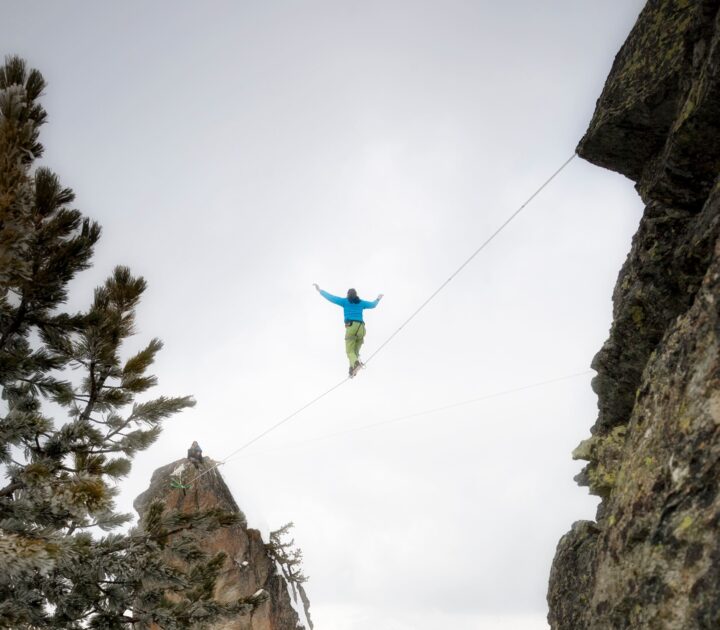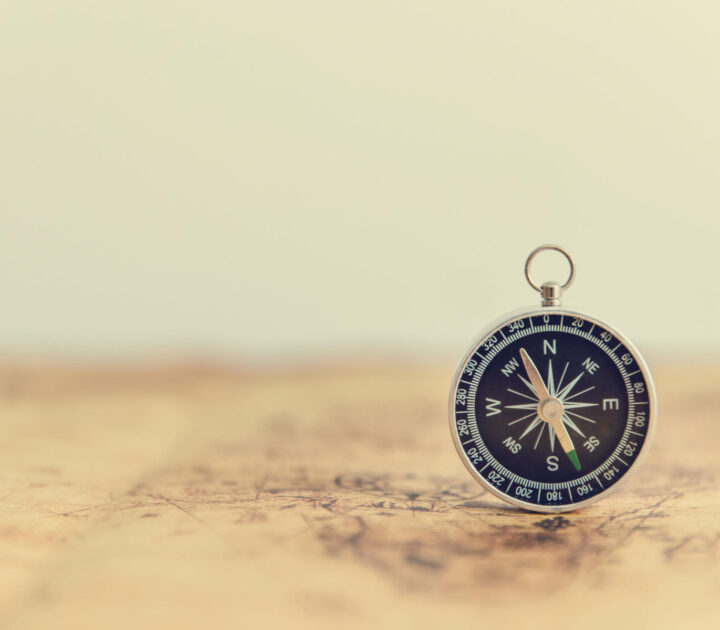WWF: To be truly local and truly global
Founded in 1961 in response to concern over the environmental impact of life on earth, WWF had been a major player in the conservation movement in the years since. The organization wove together a network of offices in both funding nations and in countries where the bulk of conservation work was done. The organization had, at first, operated as a marketplace of ideas, programs and financial support. A worthy conservation project would be conceived in one nation and marketed to those offices with the wherewithal to fund it. Projects with the most compelling proposals gained funding. This system resulted both in organizational efficiencies and inefficiencies. By 2006, it had become clear that the organization was “winning the battle but losing the war.” Despite their significant achievements and best efforts, the state of the world was deteriorating. WWF needed to more effectively organize, focus on a few global priorities and coalesce robustly around them. The fate of the world was at stake. Failure was not an option.
Managing centralization and decentralization, Maintaining local and global relevance, Transmitting urgency of mission, Focusing priorities, Capitalizing on organizational strengths, Setting stretch goals.
1961-2008
Cranfield University
Wharley End Beds MK43 0JR, UK
Tel +44 (0)1234 750903
Email [email protected]
Harvard Business School Publishing
60 Harvard Way, Boston MA 02163, USA
Tel (800) 545-7685 Tel (617)-783-7600
Fax (617) 783-7666
Email [email protected]
NUCB Business School
1-3-1 Nishiki Naka
Nagoya Aichi, Japan 460-0003
Tel +81 52 20 38 111
Email [email protected]
IMD retains all proprietary interests in its case studies and notes. Without prior written permission, IMD cases and notes may not be reproduced, used, translated, included in books or other publications, distributed in any form or by any means, stored in a database or in other retrieval systems. For additional copyright information related to case studies, please contact Case Services.
Research Information & Knowledge Hub for additional information on IMD publications
The case study delves into strategic transformation and leadership transitions at Unilever since 2009. Unilever has been an industry leader of busi...
The case study examines recent aviation safety concerns at Boeing, focusing on manufacturing issues, leadership decisions and regulatory oversight....
The case is seen through the eyes of the newly appointed supply chain director at a cosmetics company based in Berlin. The general manager has task...
Few Business to Business (B2B) marketplaces have succeeded. Metalshub has successfully combined a software platform as a service, with a marketplac...
The case focuses on Contabilizei, a Brazilian startup providing online accounting services for small and medium-sized enterprises (SMEs). The case ...

Companies that modularize and externalize their best capabilities are in a strong position to seize unexpected opportunities. Prediction is hard. T...
Research Information & Knowledge Hub for additional information on IMD publications
Research Information & Knowledge Hub for additional information on IMD publications
in I by IMD 24 June 2024
Research Information & Knowledge Hub for additional information on IMD publications
Research Information & Knowledge Hub for additional information on IMD publications
Research Information & Knowledge Hub for additional information on IMD publications
Case reference: IMD-7-2457 ©2024
Research Information & Knowledge Hub for additional information on IMD publications
Case reference: IMD-7-2546 ©2024
Research Information & Knowledge Hub for additional information on IMD publications
Research Information & Knowledge Hub for additional information on IMD publications
in MIT Sloan Management Review Summer 2024, vol. 65, no. 4
Research Information & Knowledge Hub for additional information on IMD publications
Research Information & Knowledge Hub for additional information on IMD publications



